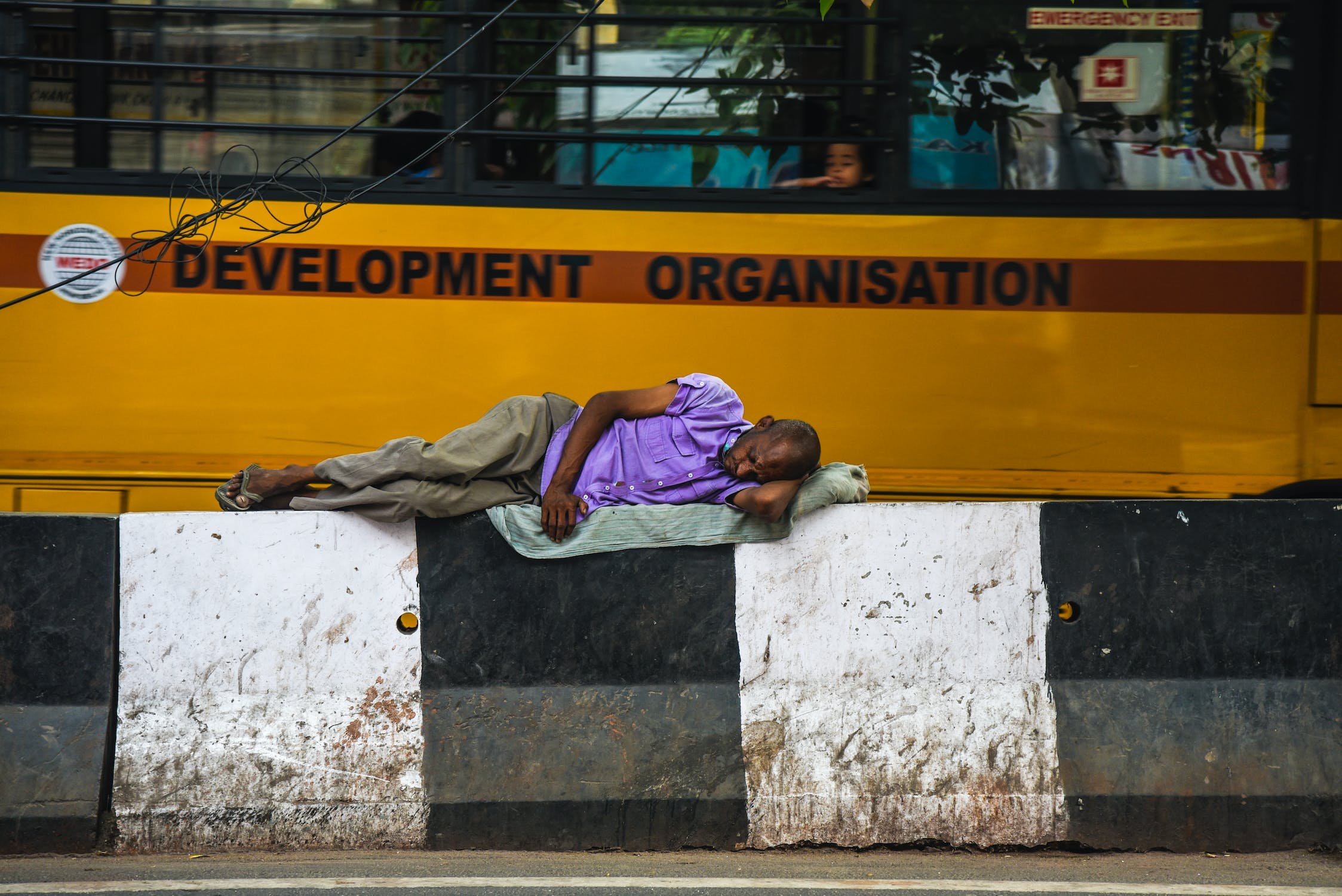The Don'ts of Street Photography
Street photography, an ever-popular genre in the world of photography, captures the essence of life and society in public spaces. It thrives on the unpredictability of public scenes, the fleeting moments of human interaction, and the candid emotions of people. Whether it's a bustling city street, a peaceful park, or a crowded marketplace, street photography seeks to portray life as it is, in all its raw and unfiltered beauty.
'Things You Should Not Do While Doing Street Photography'
As with any art form, street photography comes with its own set of rules, guidelines, and ethical considerations. While much attention is given to what should be done to capture compelling photographs, it is equally crucial to understand what should not be done. These are practices that can infringe on people's rights, disrespect cultural norms, or simply result in poor quality images.
Importance of Understanding Ethics, Laws, and Social Norms in Street Photography
In the quest to capture captivating images, a street photographer must tread a fine line between being an unobtrusive observer and an invasive presence. They must balance their creative impulses with the ethics of photographing people, often strangers, without their explicit consent. Moreover, laws related to privacy and image rights vary significantly across the globe, making it essential for photographers to be aware of local regulations. Similarly, understanding and respecting social norms is crucial to avoid causing offense or harm.
Understanding Ethics in Street Photography
The Importance of Ethics
Ethics play a pivotal role in any form of photography, more so in street photography, where photographers frequently encounter strangers in their most candid moments. It's about respecting the individuals' rights being photographed and understanding the impact your actions may have on them.
General Ethical Rules in Street Photography
General ethical rules in street photography encompass a variety of aspects. Foremost among these is the principle of respect. Street photographers should strive to respect their subjects, considering their feelings and reactions. Additionally, photographers should avoid taking photos that may exploit, embarrass, or harm an individual.
Another ethical rule pertains to manipulation. The strength of street photography lies in its spontaneity and truthfulness, thus overly staged or manipulated photos can contradict the genre's spirit.
Legal Considerations in Street Photography
Understanding Local Laws Regarding Photography
The laws regarding photography can vary greatly from one country or region to another. While in some places, public photography is largely unrestricted, in others, there can be stringent laws about who, what, and where you can photograph. Ignorance of these laws may lead to fines, legal trouble, or in extreme cases, imprisonment.
Importance of Respecting Privacy Laws and Intellectual Property Rights
It's crucial to respect privacy laws when photographing in public spaces. This means avoiding invasive shots or capturing individuals in compromising situations without consent. Photographers should also understand intellectual property rights, as photographing certain landmarks, buildings, or artwork can infringe on these rights.
Social Norms and Respect for Subjects
Understanding and Respecting Cultural and Social Norms
In addition to legal and ethical considerations, understanding cultural and social norms is a must for any street photographer. Behaviors that may be acceptable in one culture could be offensive or intrusive in another. It is the photographer's responsibility to research and respect these norms when photographing in a new location.
Importance of Obtaining Consent When Necessary
While spontaneous, candid shots are the essence of street photography, there are times when obtaining consent is necessary. Particularly in situations where an individual's privacy may be compromised or when photographing children, it's always better to ask for permission.
Respect for Private Property
Public spaces are fair game in street photography, but private property is not. Avoid trespassing or taking pictures through windows into people's homes. If you wish to photograph in such locations, always seek permission first.
Caution about Exploiting Subjects or Creating Harm/Distress
Photographers should avoid taking images that exploit people's vulnerabilities or create harm/distress. Respect for your subject should be paramount, and this includes considering the possible impact of your photographs on their lives.
Avoidance of Stereotypes and Misrepresentations
Lastly, it's essential to avoid perpetuating stereotypes or misrepresenting cultures, groups, or individuals through your images. Be conscious of how your work may be interpreted and strive to represent your subjects truthfully and respectfully.
The Importance of Practicing Responsible and Ethical Street Photography
Street photography, by its very nature, delves into the public sphere, capturing candid moments of human life. But with this privilege comes the responsibility to respect people's rights and dignity. Practicing responsible and ethical street photography is not only about adhering to laws and avoiding potential legal troubles, but it's also about contributing to a respectful and understanding society where individuals' rights and privacies are valued.
Final Thoughts on How Observing These Rules Can Help Create a More Respectful and Inclusive Street Photography Culture
As street photographers, we have the power to tell stories, depict societies, and influence perceptions through our work. By observing these rules, we can contribute to a more respectful and inclusive culture in street photography. It's not about limiting our creativity or freedom as photographers, but about striking a balance between our artistic pursuits and the rights and feelings of those we photograph. The essence of street photography lies in its ability to capture life as it is, and for that, we need a culture of respect, understanding, and ethics.




